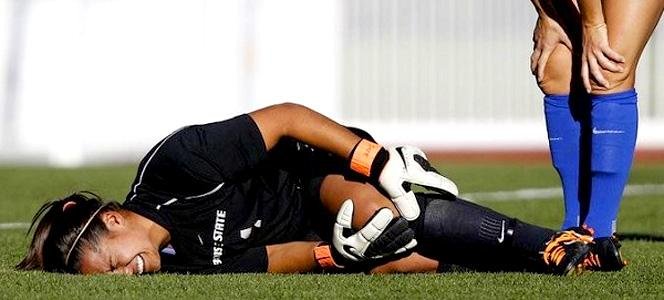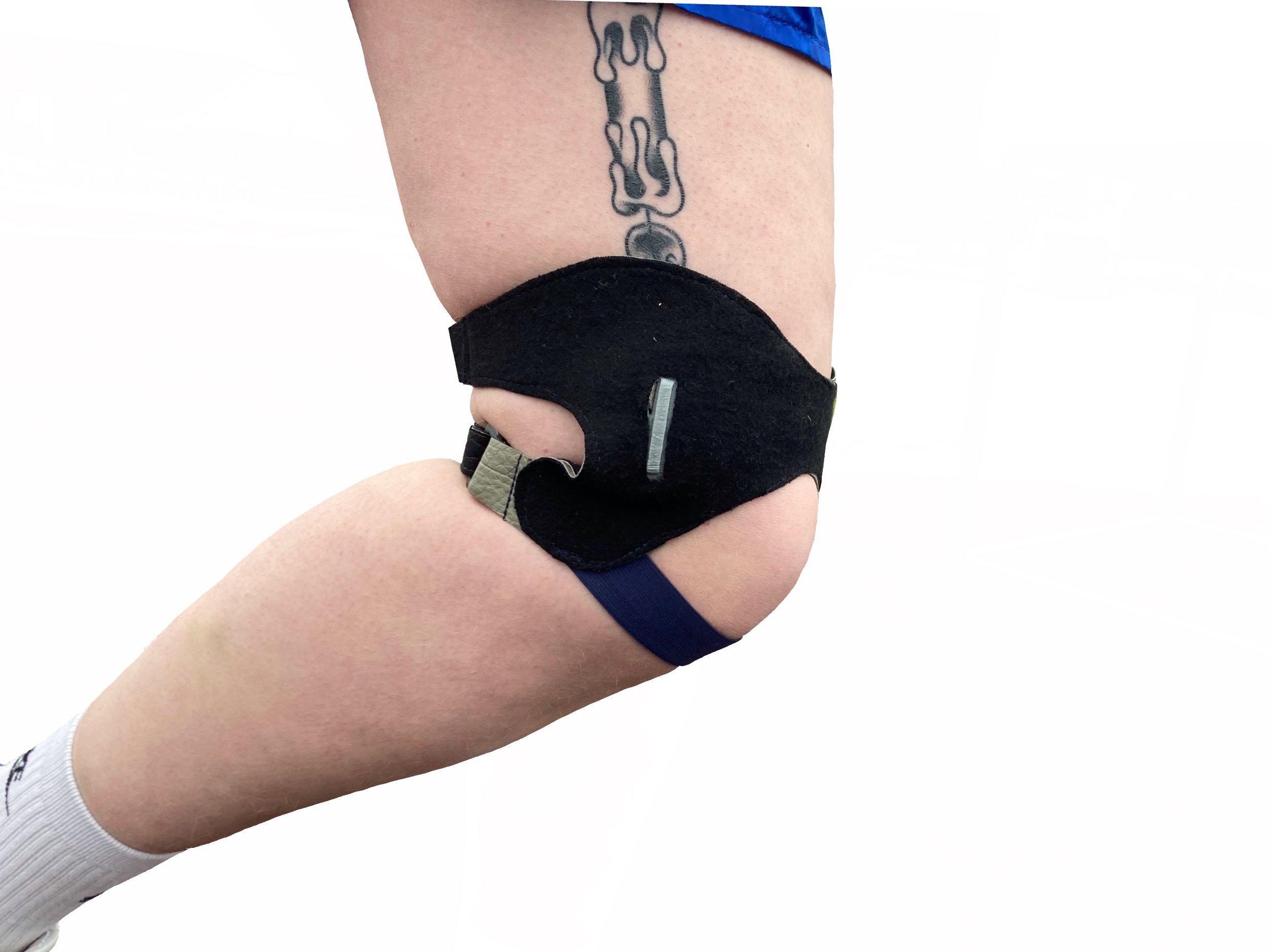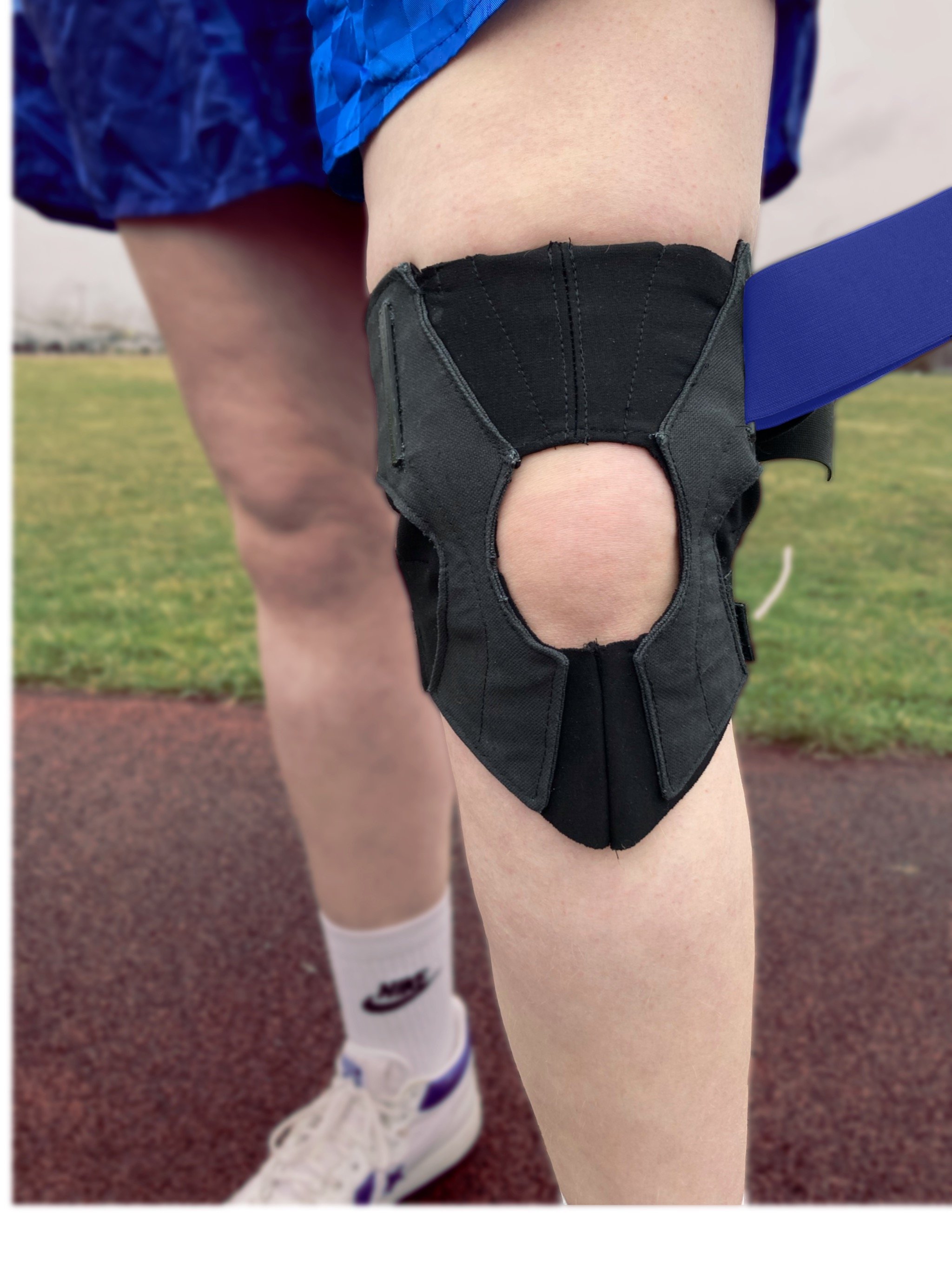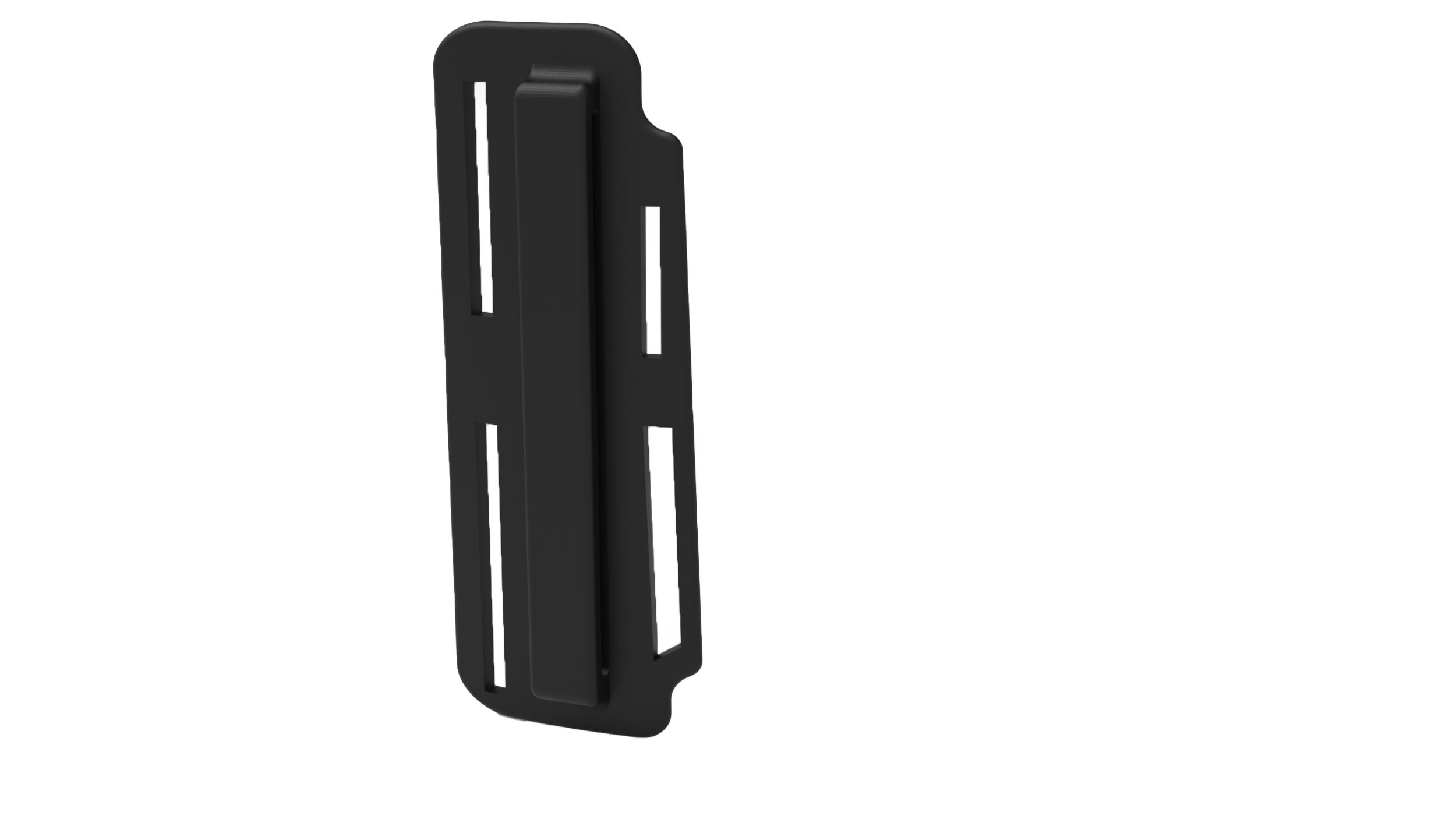
EXTND
2022 Capstone Project
How might we design a product that will empower amateur athletes with the knowledge and the skills to take care of their own bodies, permitting them to enjoy their sport safely and play sustainably?
ACL TEARS
The Anterior Cruciate Ligament (ACL) is one of the key ligaments that help stabilize the knee joint. The ACL connects the thighbone (femur) to the shinbone (tibia). It’s most commonly torn during sports that involve sudden stops and changes in direction.
The tearing of the ACL usually requires surgery and leaves athletes with and unstable knee. The surgery and recovery process is grueling and the devastating for athletes of all ages.
Characterized by the knee twisting inwards over the foot.
Cutting and Pivoting
Sharp quick change of direction, usually involving planting one foot and turning. This puts the ACL under strain as the femur rotates and the tibia stays in the same spot.
When hip and knee are in full extension the ACL is under great strain to keep the players knee from going backwards.
Extension
Valgus Posture
Dangerous Movements
In Depth Interviews
TANZIL - Soccer, Pickle Ball, Tennis
ACL tear sustained during an Intramural soccer game at RIT
CAZ - Soccer, Dance
Knee injury and Quad rupture sustained while playing college soccer .
MEGAN GERMANSKY
4th year Exercise Science Major
Pursuing Doctorate of Physical Therapy from the University of Arizona
Greg- Soccer
3 ACL tears all sustained during soccer games at RIT.
MISSY WILSON
RIT Athletic Trainer for women’s soccer, lacrosse and basketball, men’s basketball.
Increased natural ligament laxity
Imbalance between Quadriceps and Hamstrings
Pronated foot posture (flat feet)
Gender Gap
72%
How might we bring neuromuscular training to more women?
Increased risk for injury is associated with certain biomechanics differences that women are more likely to be born with than their male counterparts.
Women are 2-8x more likely to tear their ACL than their male counterparts
Neuromuscular training reduces the risk of ACL injury by 72%
Prototypes
I landed on an improvement to the classic resistance band. This involves pushing the athlete into an unhealthy position so they can push against the product. This builds muscles that keep the knee in a healthy position.
The blue band PULLS the knee inwards
The athlete must PUSH against this movement
This will train their body and brain to keep their knee from turning inwards into the Valgus position that is dangerous if done with too much force.
Prototype 1
This is the first test of the idea of anchoring a resistance band on one side of the knee. In this model it is anchored only on the right side of the knee by a small 3-D printed part.
Feedback:
Users found the 3-D printed part to help them feel secure in the brace, but the piece was a little too curved. The buckles are placed behind the knee which is uncomfortable when the knee is bent. The experts suggest increasing the size and adjustability to fit a wider range of legs.
Prototype 2
This device was made adjustable in the from to get around buckles being pinched when the knee is bent. The division of color is meant to give a visual aid to the user to make sure their knee isn’t twisting inwards.
Feedback
Users found this model slid around the knee too much, and without stiffer fabric it slid down the leg as well. Due to the adjustability being on the front, the 3-D printed pieces were not able to be installed. The experts liked the size, but disliked how it slouched. They suggest keeping the adjustability on the back.
Prototype 3
Getting much closer to the final design, this model includes resistance band anchors on both sides, as well as corset boning on the interior to keep it from sliding down the leg. The adjustability has been moved to the back.
Feedback
Users liked the model’s graphic elements and sturdy fabric. The corset boning worked to keep the brace up. This model tended to twist around the leg so the experts suggested fabric with grip for the interior. The 3-D printed parts were well received.
FINAL DESIGN
EXTND tries to pull the knee inwards into the Valgus posture, creating a mock “dangerous” situation for an ACL tear. The athlete must push outwards against EXTND, this strengthens the muscles that support the ACL and stabilize the knee as well as builds strength and muscle memory. Preventative strengthening in the proper form will greatly reduce risk. If bad habits are not corrected early on, they will continue as the player rises to more dangerous levels of play.






























